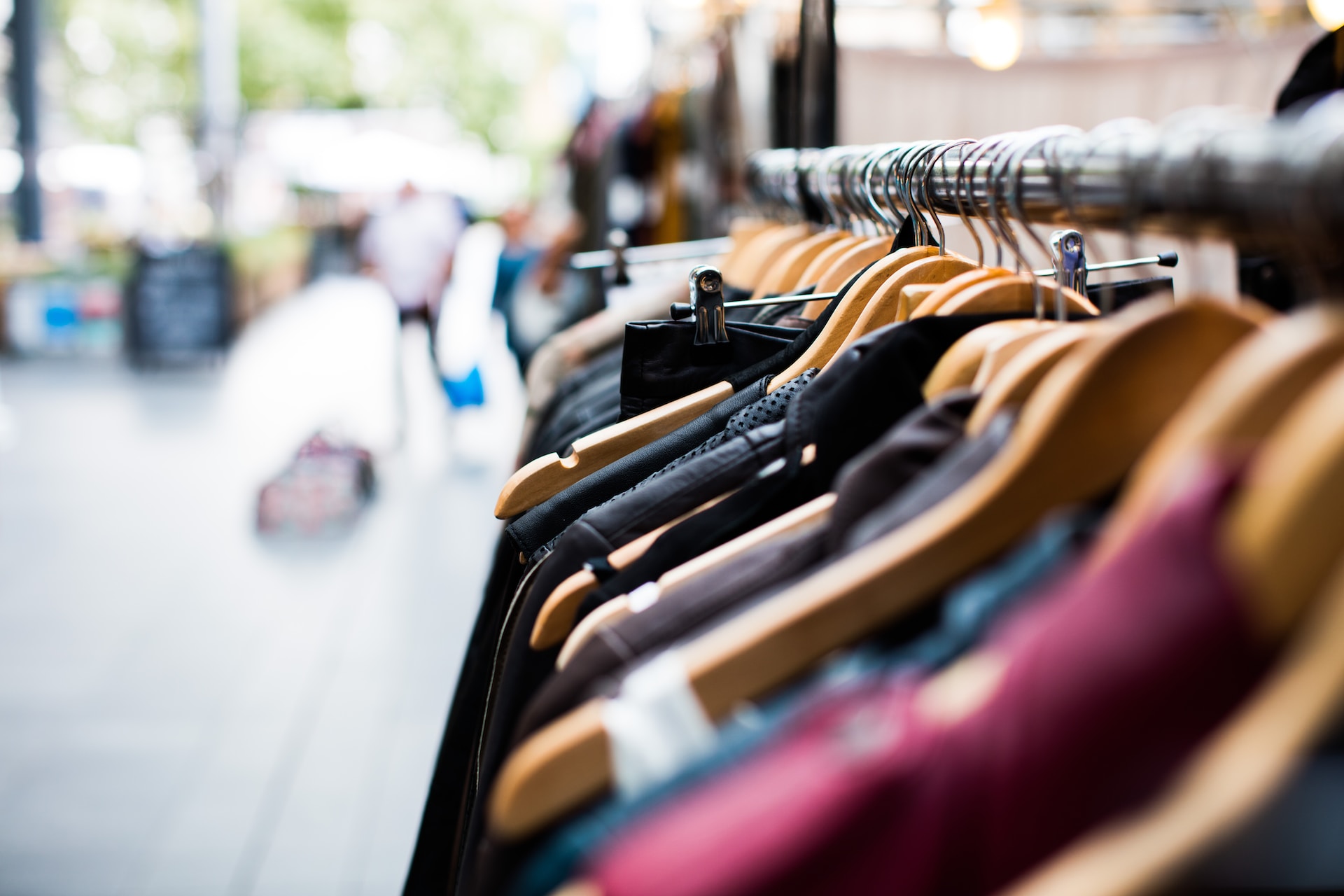Johan Geeroms, our Director Risk Underwriting Benelux, comments on household spending: “The situation is paradoxical. Savings are plentiful and spending on daily necessities such as food, electricity and gas is significantly less. However, at the same time, there is an increase in spending on the purchase of cars, household appliances, furniture as well as clothes and toys. This increase is not significant (these are single-digit percentages), but one would expect that inflation and fears of an economic slowdown would also put a serious damper on spending on these product categories. This is not the case.“
In the Netherlands, the Central Bureau for Statistics (CBS) calculated that the turnover of the retail sector increased overall by 4.6% in May. If we consider the volume (the quantity of goods sold), we see a decrease of 7.5% compared to the previous year. Johan Geeroms: “Here again we see a reduction in expenditure. This is especially true for basic necessities. In this area, price increases have been extreme. Inflation has hit the lowest incomes hard."
Our European study shows that in countries like Germany and France, household income growth has outpaced inflation (by 1.7 percentage points in Germany and 2.9 percentage in France between the end of 2019 and the end of 2022). This explains why household spending has increased. It is mainly on non-primary products that this money has been spent.
Difficult period
Spending growth failed to allay concerns in the retail sector. On the contrary. We foresee a very difficult period. The fact that household spending is holding up is a boon for the sector. If this were not the case, the picture would be very bleak indeed. The retail sector has many other concerns. Just think of staff shortages, rising wages, rising energy costs. For many products, these higher costs cannot simply be passed on to prices. This can affect sales and lead to loss of market share.
We see, like CBS, a general increase in turnover. Johan Geeroms: "It's only due to price increases. If you look at the volume, you see a decline. Many retailers are doing poorly, even though they see an increase in turnover. Number of between them are struggling with a large inventory that may force them to enter the market at dumped prices. Either way, they are down."
Johan Geeroms also mentions other negative points. “Product supply has been a hot topic since the coronavirus crisis. Many retail companies are looking for solutions closer to home. But this too has direct consequences on prices and margins. If your competitor continues to buy low in Asia, you lose.”
Faced with rising costs, European retail brands are finding it increasingly difficult to keep their heads above water. So far, growth remains weak. We don't expect spending to increase substantially until the second half of 2024. Financially, companies are struggling. They do not have the means to make the necessary investments. Think of digitalization, for example. To operate online, you have to be visible. This is where consumer research begins. Digitization is fundamental. There are still so many businesses in Europe that have not yet started.
Large commercial chains in danger
Johan Geeroms cites major retail companies that have recently struggled, such as fashion brands Scotch & Soda, the Score Group, bicycle manufacturer VanMoof, and earlier this year the bankruptcy of the Makro group in Belgium.
According to our research department, the probability of major bankruptcies (companies with an annual turnover of more than 50 million euros) has increased sharply. Last year, 16 groups representing a total turnover of more than 5 billion euros disappeared from the landscape, and the trend is accelerating. In the first quarter of this year alone, 11 companies worth 2.4 billion euros went missing. It is precisely these large chains and brands that need to invest a lot. Often, they are already heavily indebted. Due to rising interest rates, on top of all the other cost increases, it is becoming increasingly difficult for these companies to meet their obligations.
Fashion chains, department stores and e-commerce specialists are most at risk.
Read our latest articles:
80 results
80 results



